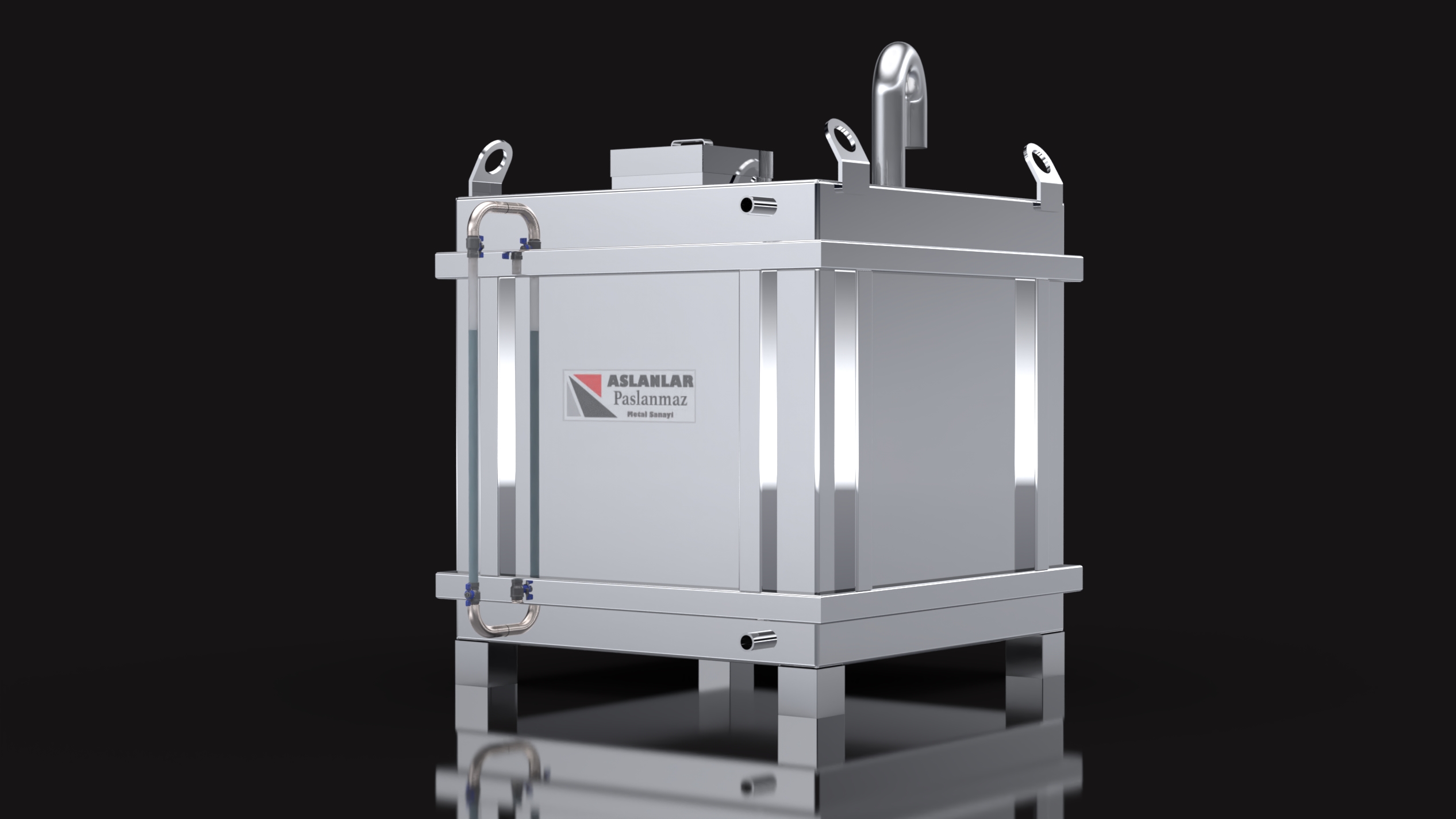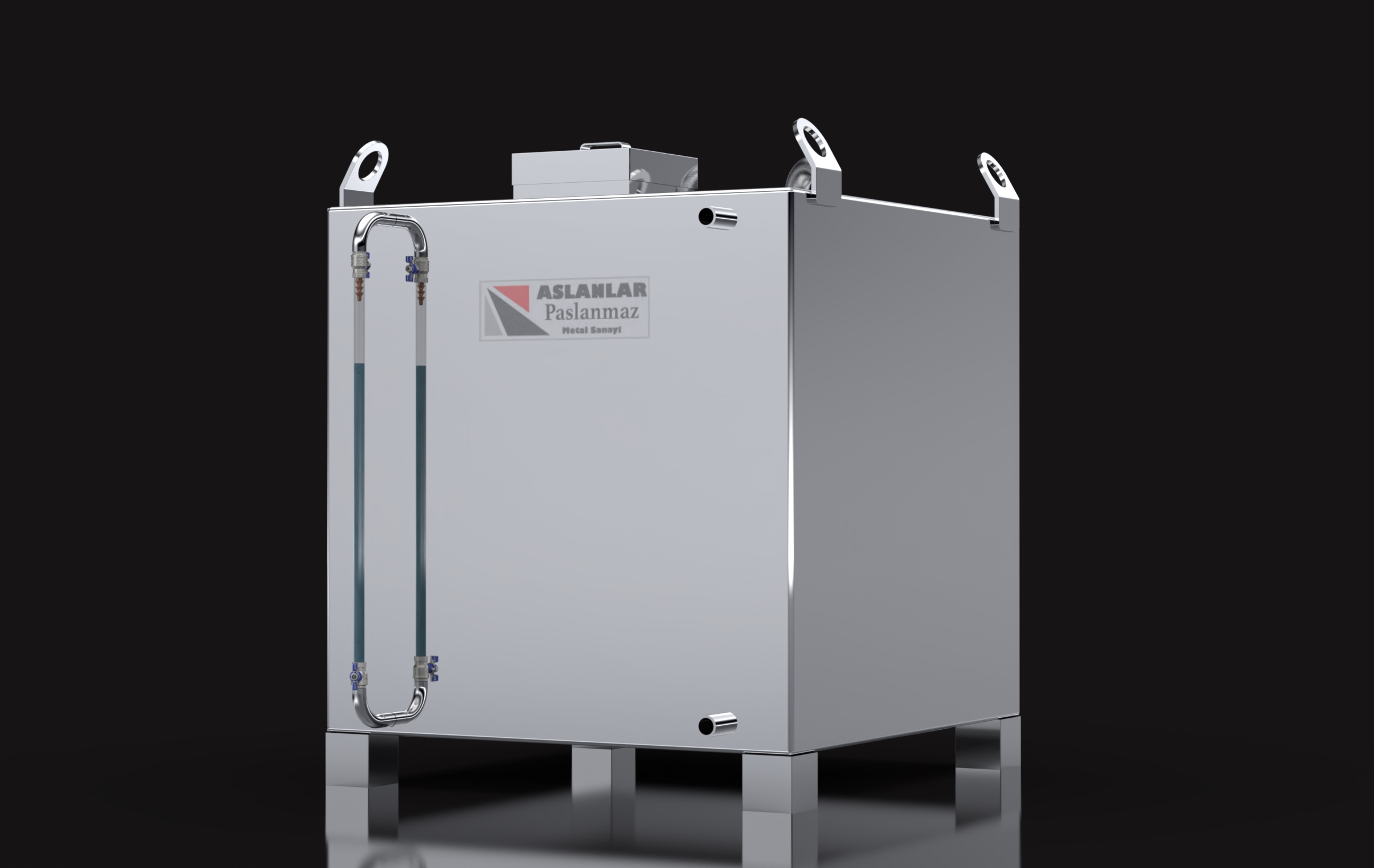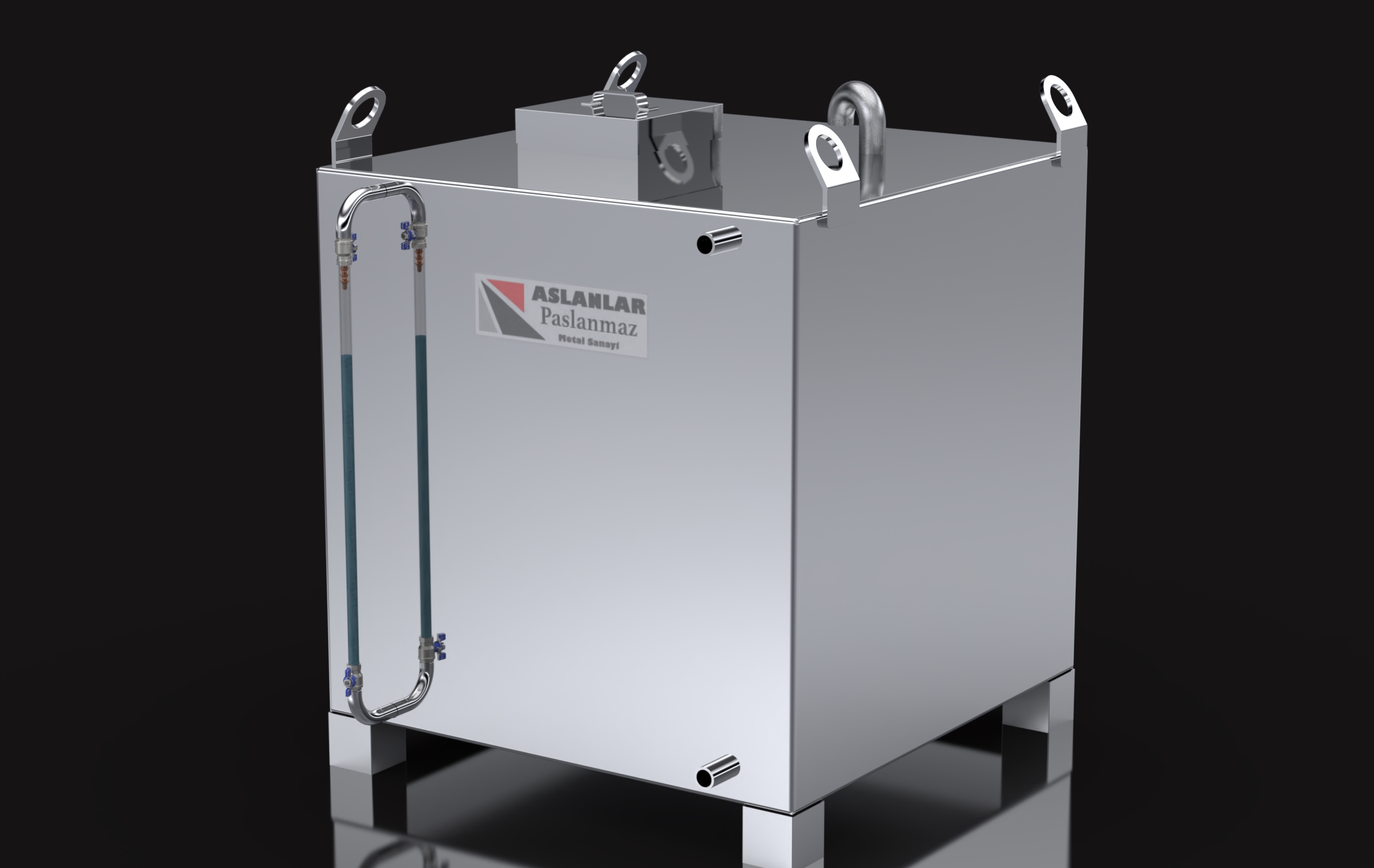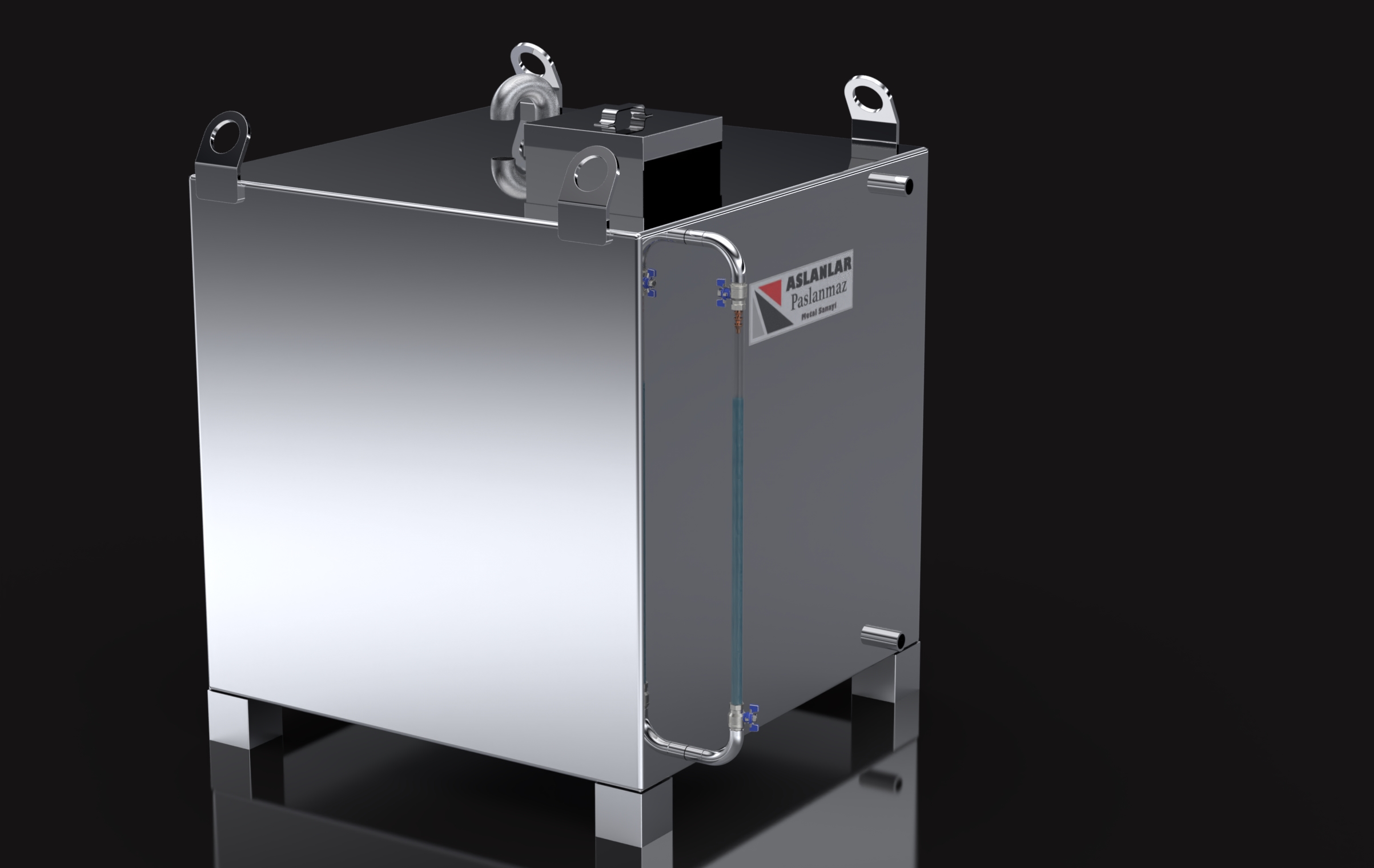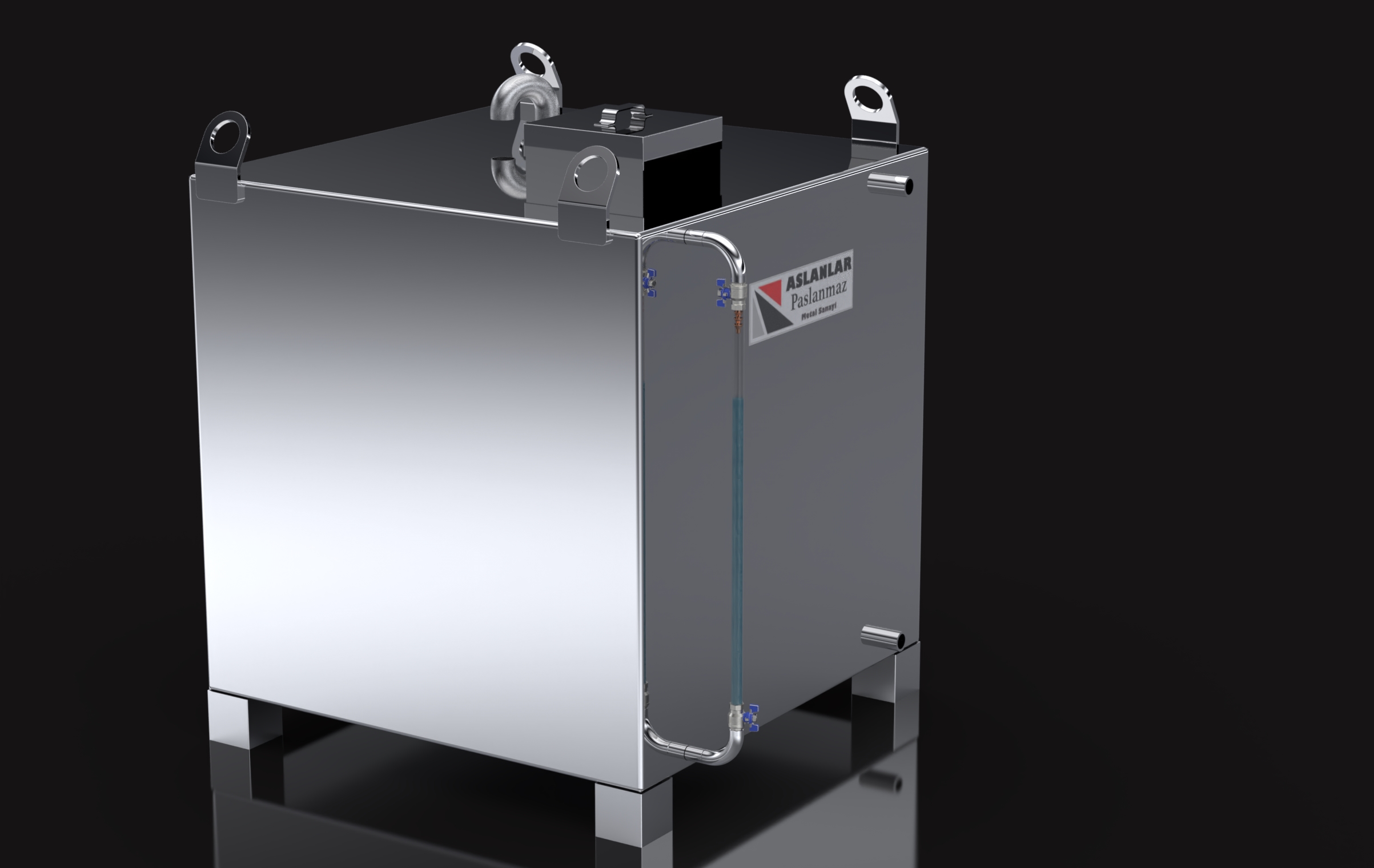Prizmatik Paslanmaz Su Deposu Çözümleri
Prizmatik depolar (kare veya dikdörtgen su deposu); özellikle dar, basık veya şekilsiz alanlarda maksimum su depolama hacmine ulaşmak için tasarlanmış özel tanklardır. Silindirik depoların sığmadığı veya yer kaybına neden olduğu köşeli odalarda, paslanmaz prizmatik depo kullanımı ile alanın tamamı verimli şekilde değerlendirilir.
Asinoks olarak ürettiğimiz paslanmaz tank modelleri, AISI 304 ve 316 kalite çelikten imal edilir. Yüksek korozyon direnci ve pürüzsüz iç yüzeyi sayesinde; gıda, kimya, tarım ve hayvancılık sektörlerinde suyun ve sıvıların en sağlıklı haliyle saklanmasını sağlar.
Neden Prizmatik (Kare) Depo Tercih Edilmeli?
Endüstriyel ve bireysel kullanımda prizmatik formun sağladığı avantajlar şunlardır:
- Maksimum Alan Kullanımı: Köşeli yapısı sayesinde ölü alan bırakmaz, silindirik depolara göre aynı alanda %30 daha fazla su depolar.
- Dar Kapılardan Geçiş: Parçalı veya modüler yapısı sayesinde bina girişlerinden kolayca geçer, bodrum katlarında yerinde montaj yapılabilir.
- Tam Hijyen: Paslanmaz su deposu yüzeyi bakteri tutmaz, yosun yapmaz ve temizliği son derece kolaydır.
Prizmatik Paslanmaz Depo Ölçü ve Kapasite Listesi
Aşağıdaki tabloda en çok tercih edilen prizmatik depo ölçülerimiz yer almaktadır. Projenizin yer durumuna göre (En, Boy, Yükseklik) özel imalat yapılmaktadır.
| Kapasite | En (Genişlik) | Boy (Uzunluk) | Yükseklik | Sac Kalınlığı |
|---|---|---|---|---|
| 10 Ton | 2000 mm | 3000 mm | 1700 mm | Taban: 3mm / Gövde: 2mm |
| 15 Ton | 2500 mm | 3000 mm | 2000 mm | 2 mm |
| 20 Ton | 3000 mm | 3500 mm | 2000 mm | 3 mm |
| 30 Ton | 3000 mm | 4000 mm | 2500 mm | 3 mm |
| 40 Ton | 3250 mm | 5000 mm | 2500 mm | 3 mm |
| 50 Ton | 4500 mm | 5000 mm | 2500 mm | 3 mm |
| 60 Ton | 4000 mm | 6000 mm | 2500 mm | 4 mm |
| 70 Ton | 4000 mm | 7000 mm | 2500 mm | 4 mm |
| 80 Ton | 4000 mm | 7000 mm | 2750 mm | 4 mm |
| 90 Ton | 4000 mm | 7500 mm | 3000 mm | 4 mm |
Üretim ve Montaj Teknolojisi
Prizmatik depolarımızda basınca karşı direnci artırmak için iç kısımlarda özel paslanmaz çelik gergiler (kuşaklar) kullanılır. Bu gergiler, su dolduğunda tankın şeklinin bozulmasını (bom yapmasını) engeller. Birleşim noktaları Argon Gazı Kaynağı ile sızdırmaz hale getirilir.
Sıkça Sorulan Sorular
Prizmatik depo mu Silindirik depo mu?
Eğer yeriniz geniş ve kapı sorunu yoksa silindirik depo daha ekonomiktir. Ancak dar, basık tavanlı veya köşeli bir odanız varsa prizmatik paslanmaz depo alan tasarrufu için tek çözümdür.
Yerinde montaj yapıyor musunuz?
Evet. Kapıdan geçmeyecek büyüklükteki depolar için parçaları demonte olarak getirip, kazan dairesi veya deponun kurulacağı alanda kaynak ile birleştiriyoruz (Yerinde İmalat).
Paslanmaz prizmatik depo sızdırır mı?
Hayır. Uzman ekibimiz tarafından yapılan Argon kaynağı ve sızdırmazlık testleri sayesinde, depolarımız ömür boyu sızdırmazlık garantisi altındadır.
Taban sacı neden daha kalın oluyor?
Suyun basıncı tabana bindiği için, özellikle 10 ton ve üzeri depolarda taban sacını gövdeden daha kalın (örneğin 3mm veya 4mm) yaparak mukavemeti artırıyoruz.







